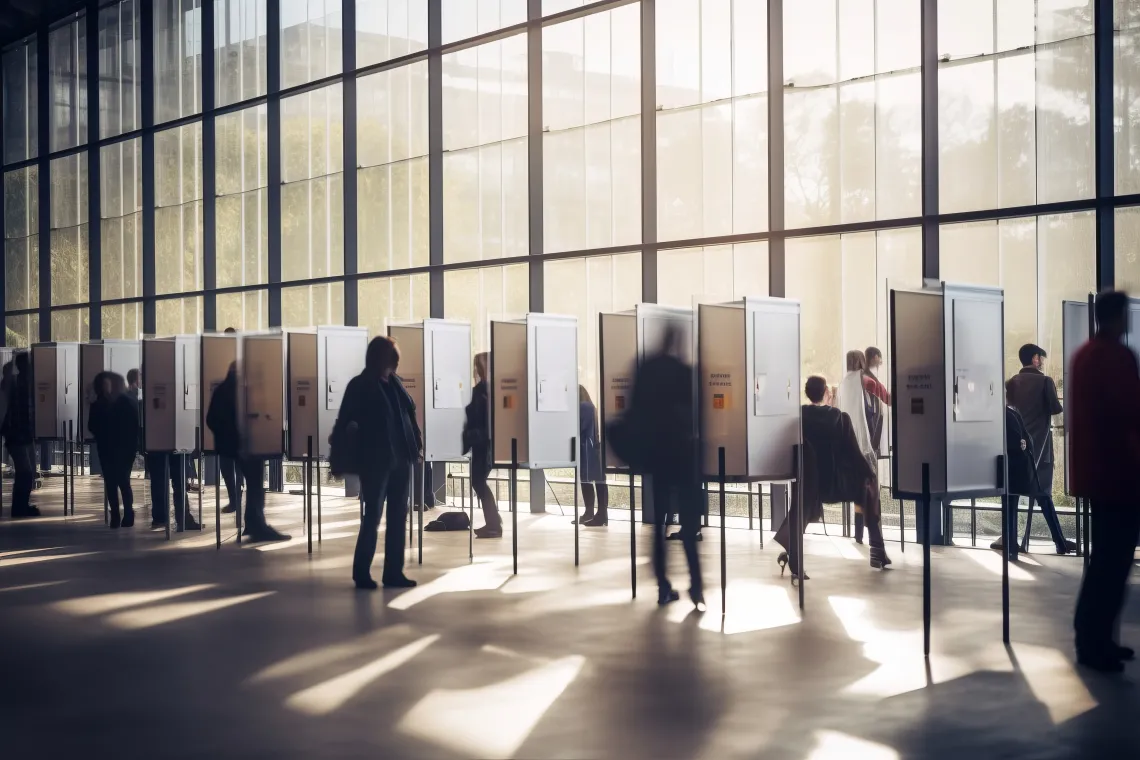
Voting in Arizona
In American elections, there can be large differences in voter turnout from state to state, and even within the same state. Arizona is no exception. Arizona maintains a record of all voters in the state, known as the Arizona Voter File. The Arizona Voter File is a public record, which includes contact information and whether a registered voter votes in an election. The state records who votes, but never who one voted for. We make use of these data, by building data analytic tools for users to learn more about the state and their communities.


Party Registration
Examine voter registration rates by party across the state, at the district, county, and tract levels.

General Trends
Explore the partisan balance in the state's Congressional Districts and how voting trends have changed in recent elections
Explore Arizona
Use the tools below to explore voting rates, demographics, and relative voting scores for Arizona's Congressional and Legislative districts, as well as its counties.

Leveraging the Voter File to Understand Political Engagement
The Arizona Voter File contains information on registered voters' participation in both the primary and general elections. These data are utilized to create a score for each voter, representing their likelihood of participating in these primary and general elections. These scores are generated using a statistical model called a covariance structure model, which leverages each registered voter's participation history to construct a score ranging from 0 to 1, with scores nearing 1 corresponding to a high likelihood of participating in Arizona politics.

